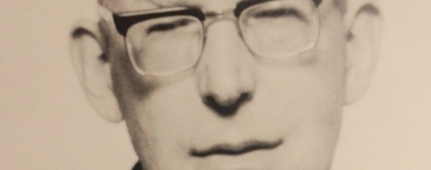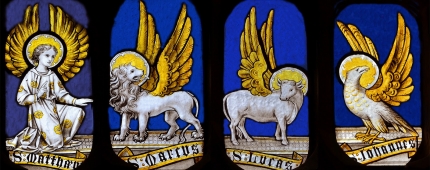1 Corinthians 6:13—If God is going to destroy the body, then how can it be resurrected?
Problem: Paul said, “Foods for the stomach and the stomach for foods; but God will destroy both it and them” (1 Cor. 6:13). On this basis, some argue that the resurrection body will not have the anatomy or physiology of the pre-resurrection body. On the other hand, Paul inferred that we would recognize our loved ones in heaven (1 Thes. 4:13–18).
Solution: The body that goes into the grave is the same body, made immortal, that comes out of it. This is proven by the fact that Jesus’ tomb was empty, He had the crucifixion scars in His body (John 20:27), that His body was “flesh and bones” (Luke 24:39), that people could and did touch it (Matt. 28:9), and that He could and did eat physical food (Luke 24:40–42).
As for 1 Corinthians 6:13, a careful study of the context here reveals that, when Paul says God will destroy both food and the stomach, he is referring to the process of death, not to the nature of the resurrection body. For he refers to the process of death by which “God will destroy both it and them” (v. 13). Further, while the resurrection body may not have the need to eat, it does, however, have the ability to eat. Eating in heaven will be a joy without being a need. So, the body that death “destroys” (decays), is the same one that resurrection restores. To argue that there will be no resurrection body because the stomach will be “destroyed” is tantamount to claiming that the rest of the body—head, arms, legs, and torso—will not be resurrected because death will also turn them into dust.
See All Problems
This excerpt is from When Critics Ask: A Popular Handbook on Bible Difficulties (Wheaton, Ill.: Victor Books, 1992). © 2014 Norman Geisler and Thomas Howe. All rights reserved. Used by permission. Click here to purchase this book.














